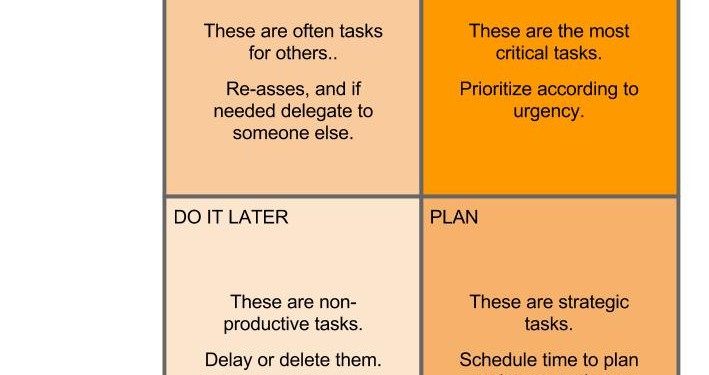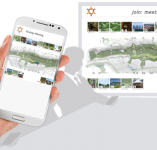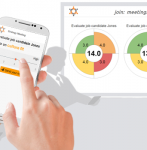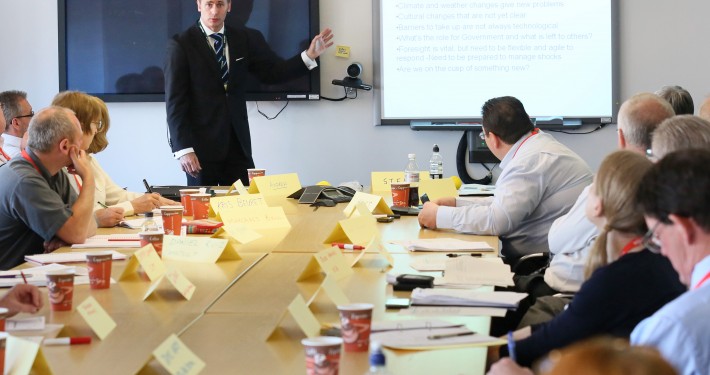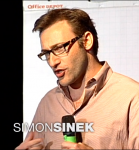Meetings are group processes, and it is the meeting leader’s job to create a space that allows group participation. But this is easier said than done. Here is a quick guide to the most common mistakes meeting leaders make when managing group decision making, and how to fix them.
The greatest public speaker in the world will not necessarily be able to lead a productive meeting. Similarly, having the most relevant and intelligent people in the room means nothing if they are not interested in, or given the appropriate amount of time to, share their ideas.
Getting People to Freely and Openly Share their Ideas Can be Hard
Telling group members to share their ideas can be effective but only if they feel their participation is truly being encouraged.
Before your next meeting, think through these common reasons that people choose not to share their ideas. Keep in mind that even if these are a problem for one participant, valuable information could be lost and so the solutions to these problems could be effective in any type of meeting:
Problem #1: Dominant Speaker
If the meeting leader, or any member of the group, is too dominant in the conversation, less vocal people may not have the time or confidence to share their ideas. The best strategy for this is to be observant of this type of behavior and mindful of how it is affecting other people. To avoid that someone is dominating the conversation, provide all participants with equal opportunity to participate by having them enter their ideas at the same time. This can be done via digital platforms like MeetingSift. You can also even out the opportunity of idea sharing by limiting the time allotted to each suggestion. Too often, it is the meeting leader that shuts down new ideas. When leading a meeting, make sure to provide enough time for feedback from group members and actively incorporate their suggestions.
Problem #2: Seniority and Rank
Along with domination, when there is a senior participant in the group, other people may feel pressure to agree with their opinions. To avoid this, try not to give priority to opinions based on seniority such as asking the highest ranked person to give their opinion before the rest of the group has a chance to respond. Even more effective, especially for something like a brainstorm, can be to use technology to anonymously polling the group. When the ideas contributed are not attached to the person who suggested them, there is less incentive to prefer one suggested by a participant with seniority. On a more basic level, make sure to remind members that they were invited to the meeting because their opinions are valued.
Problem #3: Fear of Criticism
Lastly, participants will withhold their thoughts if they fear criticism from the rest of the group. However, if you can successfully create a zone where people know that they are free to share, they will do so! Start by standing up for any idea and stopping anyone to tries to point out problems of flaws. As the meeting leader, make sure to set the example by providing some ideas yourself as well as specifically ask people to participate and encouraging them once they have. Again, using an anonymous platform can help you creating a space where people do not feel that they will be judged for a bad idea. While it will be necessary to be extremely critical at some stages of planning, at the basic level of brainstorming and information sharing, the open communication the better. Do whatever necessary to make people feel safe contributing.
Give Everyone Equal Opportunity to Contribute
It’s surprisingly easy to let great ideas slip through the cracks because they are never shared. MeetingSift helps create an even, anonymous ground for people to start sharing on. However, MeetingSift can not provide the positive encouragement that is the responsibility of the meeting leader. With more ideas, there is more room for creating unique solutions and products. Applying the solutions offered here can help save a lot of ideas that otherwise may never be shared.
INCLUDE EVERYONE WITH MEETINGSIFT
It’s surprisingly easy to let great ideas slip through the cracks because they are never shared.
MeetingSift helps create an even, anonymous ground for people to start sharing on. However, MeetingSift can not provide the positive encouragement that is the responsibility of the meeting leader.
With more ideas, there is more room for creating unique solutions and products. Applying the solutions offered here can help save a lot of ideas that otherwise may never be shared.
The Six Most Common Types of Meetings

MeetingSift's easy to use collaboration platform for meetings helps you run more productive meetings, with higher engagement, better decision making, and more consistent follow up.

